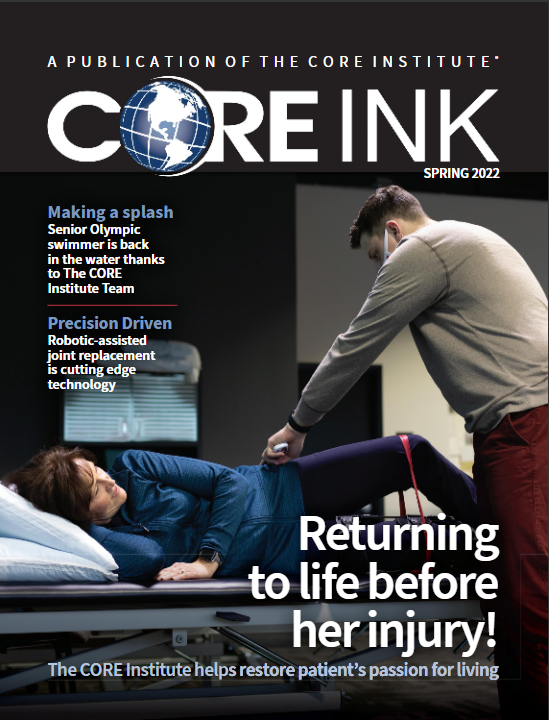Sometimes the pain following an injury or surgical procedure simply won’t go away. You may try everything your doctor recommends and the discomfort only seems to get worse. This may be caused by Complex Regional Pain Syndrome (CRPS), originating in your foot, ankle, knee, hip or lower abdomen and progress to the point where you can no longer do the activities you enjoy.
CRPS can now be controlled with a unique, new approach called dorsal root ganglion (DRG) Spinal Cord Stimulation. The FDA-approved treatment blocks pain signals as they travel through the DRG, a nerve cluster in the spine that regulates pain signals heading toward the brain. The therapy has proven effective in eight out of ten patients twelve months after treatment.
“DRG stimulation helps patients regain their functionality, reduce their pain and get their life back. It makes a big difference for these patients in terms of enjoying their life and being productive in society,” says Anuj Daftari, MD, a physician at The CORE Institute who is board-certified in interventional spine and pain medicine as well as physical medicine and rehabilitation.
Similar to traditional spinal cord stimulation (SCS) where electrodes are placed over the spinal cord to modulate pain, DRG stimulation reduces pain in the spinal nerves. The approach serves as an effective alternative for patients whose conditions are not easily targeted by conventional SCS.
Lasting Relief
DRG therapy is recommended for patients with chronic severe pain in the lower extremities accompanied by such symptoms as severe pain, swelling in the affected area, skin color or temperature changes and reduced range of motion. The approach is geared toward patients who have tried conservative treatment options such as sympathetic nerve blocks, physical therapy or pain-relieving medications with limited or no success.
The DRG neurostimulator system consists of a tiny battery-operated generator that produces electrical pulses, ultra-thin wire leads for transmitting the currents and the patient controller, an iPod that allows you to adjust the strength and location of stimulation.
“One of the benefits of DRG stimulation is the patient gets to try the device out at home and see if it works with their lifestyle and helps with their pain reduction prior to having it implanted surgically,” says Dr. Daftari. “By going through a trial, patients are able to make an informed decision on whether this innovative modality is beneficial.”
Surgically implanting the device takes approximately two hours and is done under sedation, not general anesthesia.
“With any type of neurotransmitter stimulation there is the risk of infection, bleeding or nerve injury, but overall, it is a low-risk procedure that is well-tolerated by the majority of patients,” says Dr. Daftari.
Schedule an appointment to learn more about treatment options for your pain.
SUBSCRIBE TO CORE INK NEWSLETTER
Sign up to receive stories and information from The CORE Institute, including expertise from our providers and news about the latest technology advancements helping our communities.

